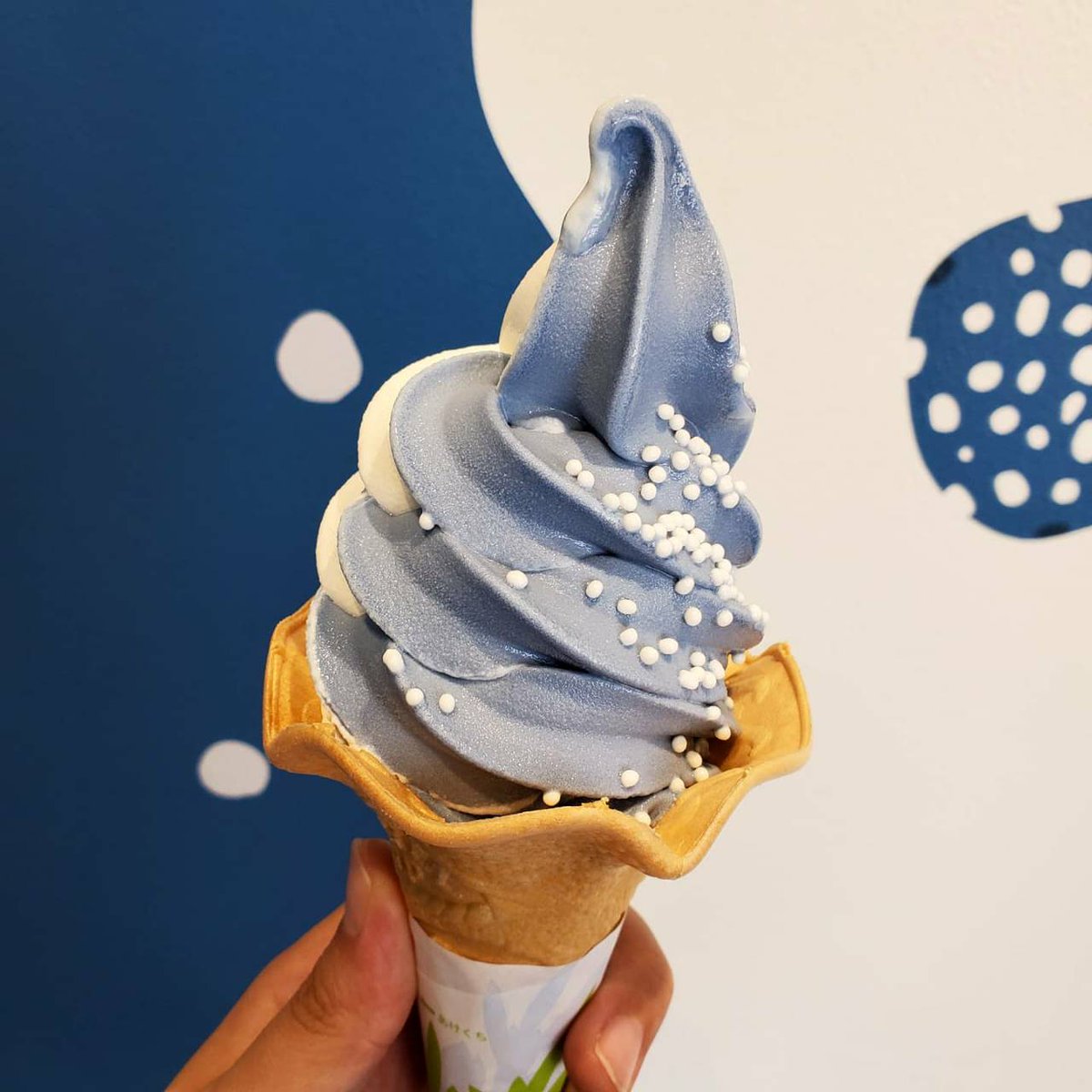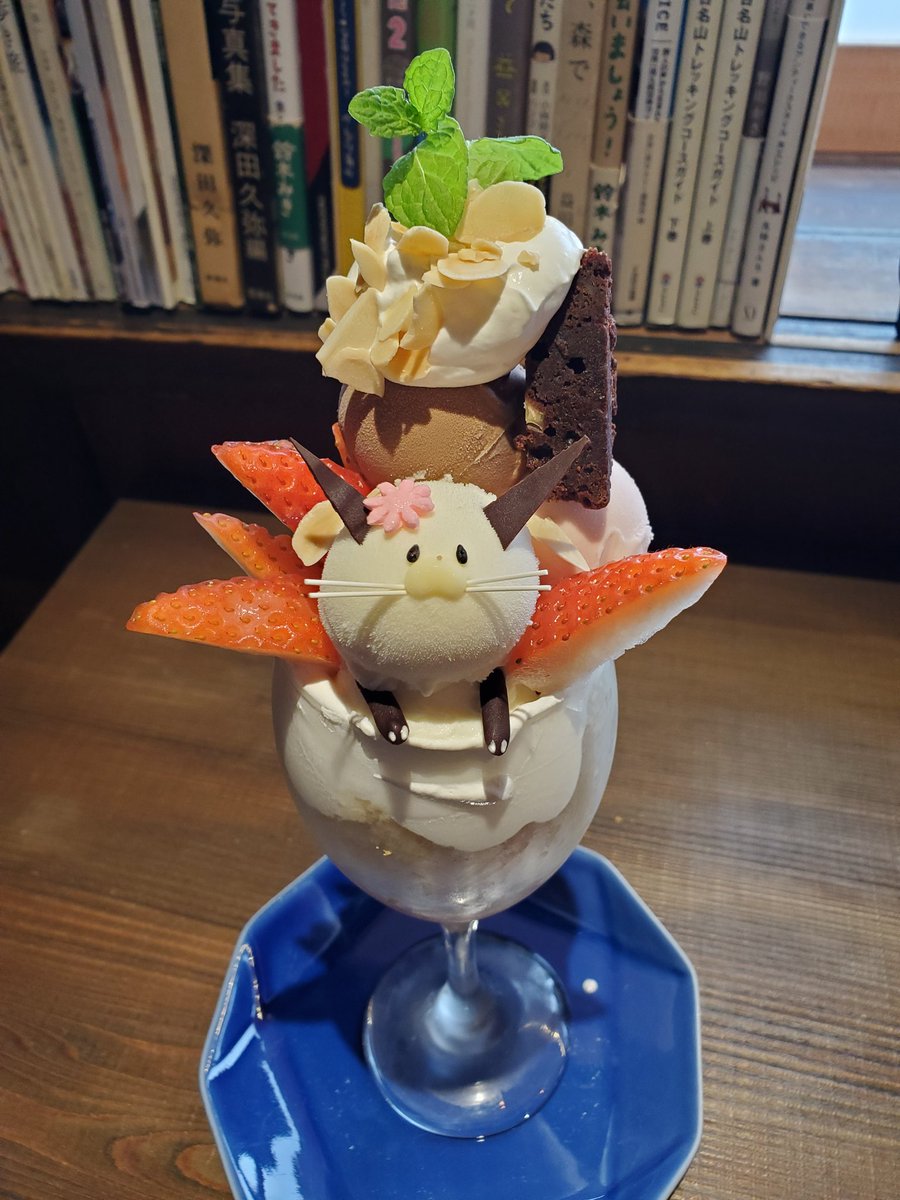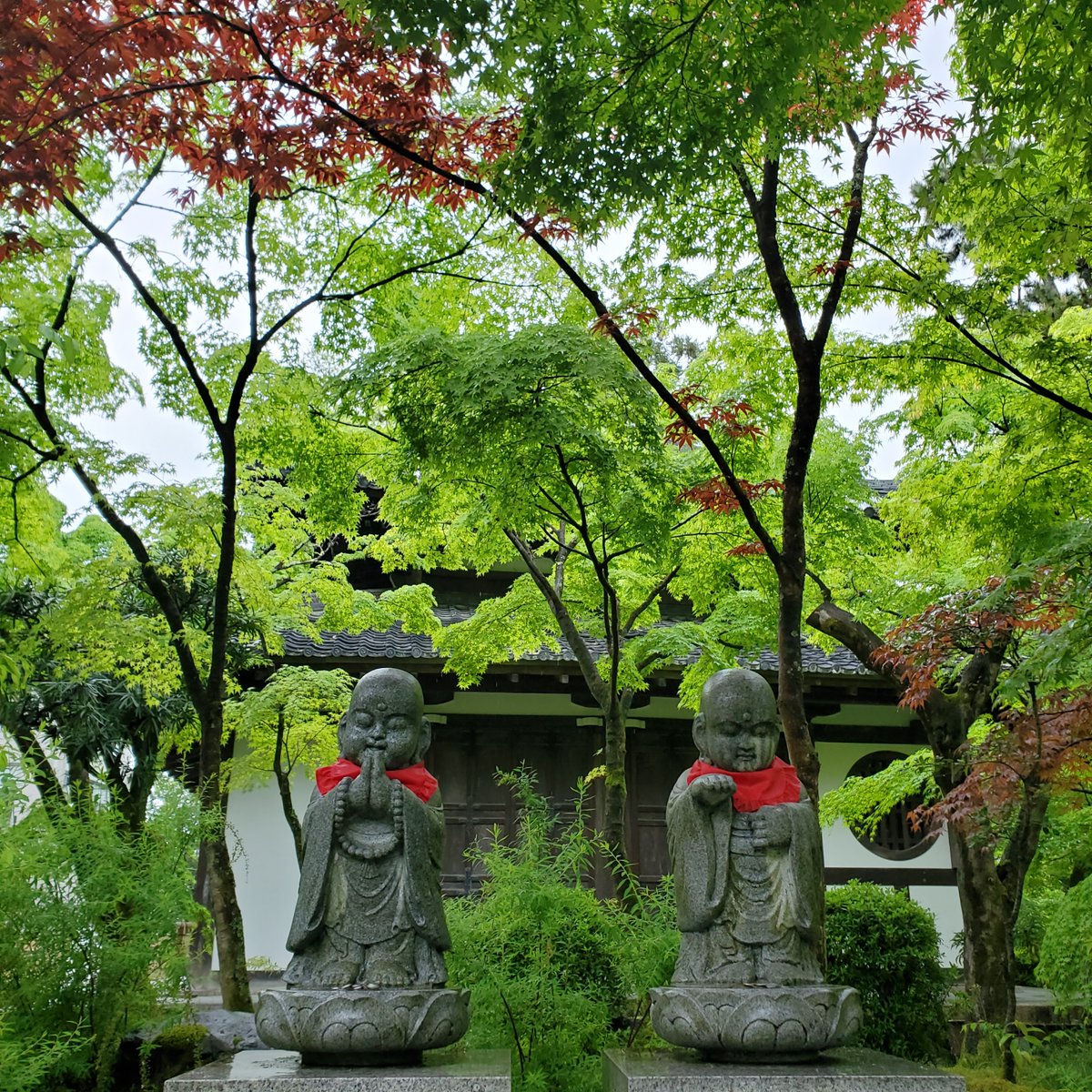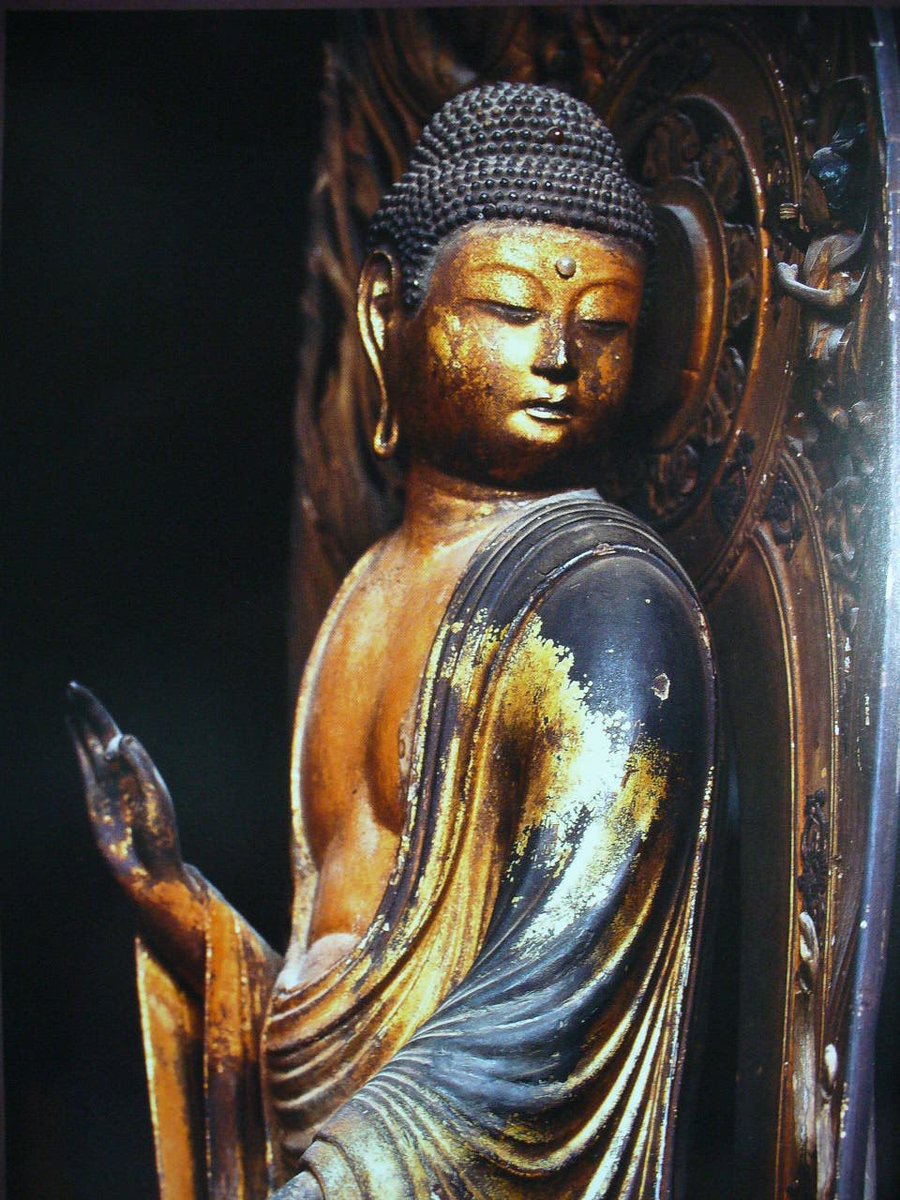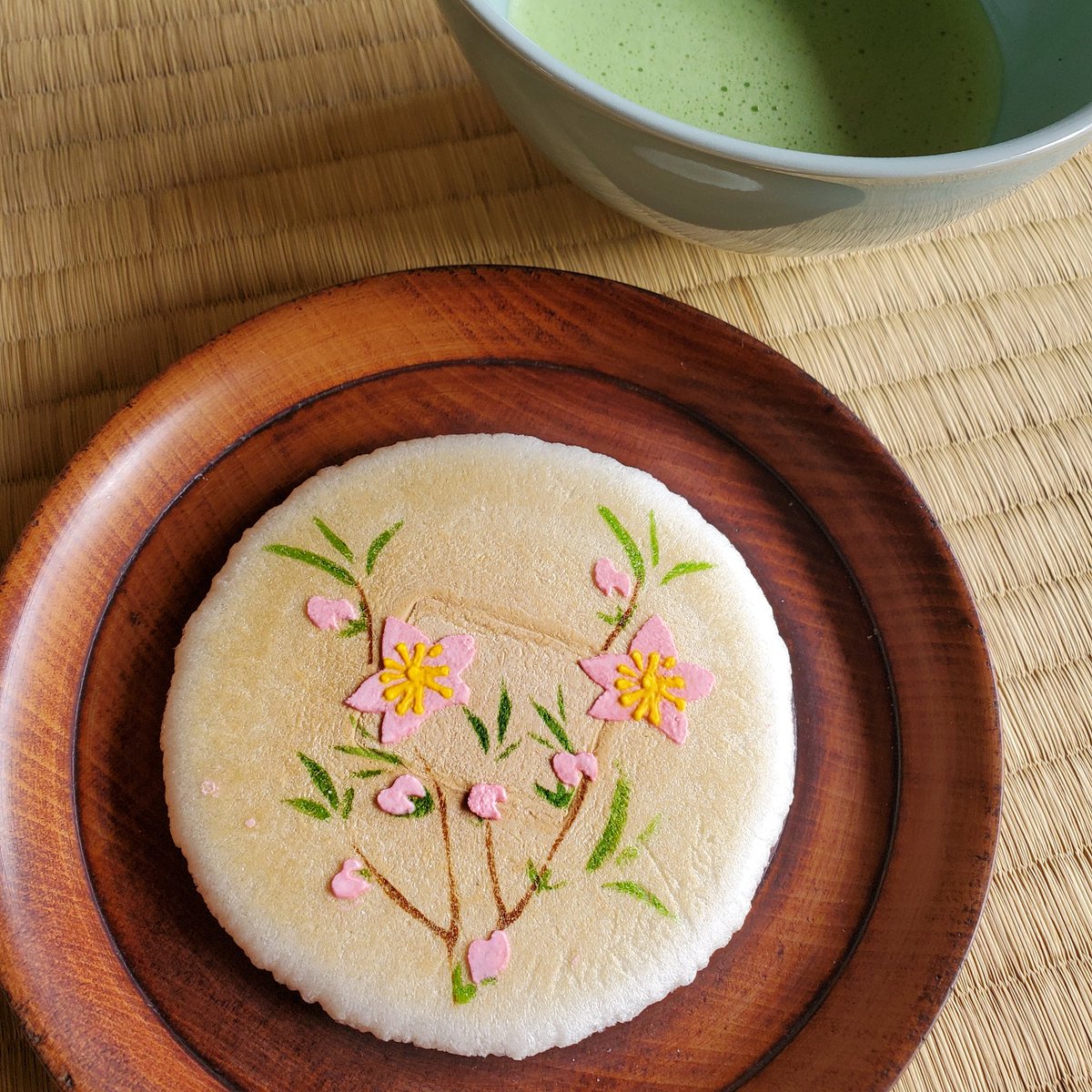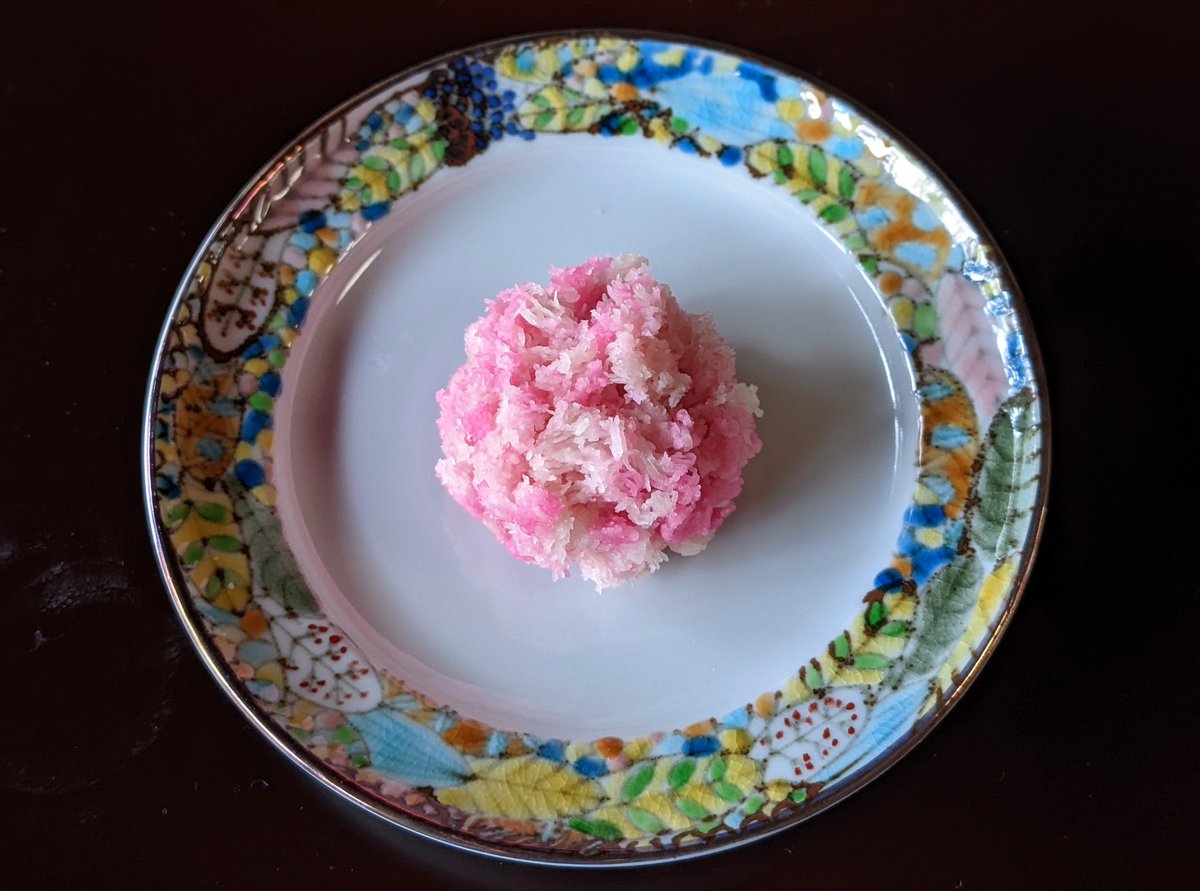
👣LOTUS LOVE😇
In Kyōto 'kanrensetsu' (観蓮節), 'lotus flower viewing', coincides with the culmination of the Gion Matsuri, when the gods of Yasaka-jinja arrive at their temporary holiday abode in the city.
Temple ponds offer a welcome distraction from the sweltering summer days.



In Kyōto 'kanrensetsu' (観蓮節), 'lotus flower viewing', coincides with the culmination of the Gion Matsuri, when the gods of Yasaka-jinja arrive at their temporary holiday abode in the city.
Temple ponds offer a welcome distraction from the sweltering summer days.

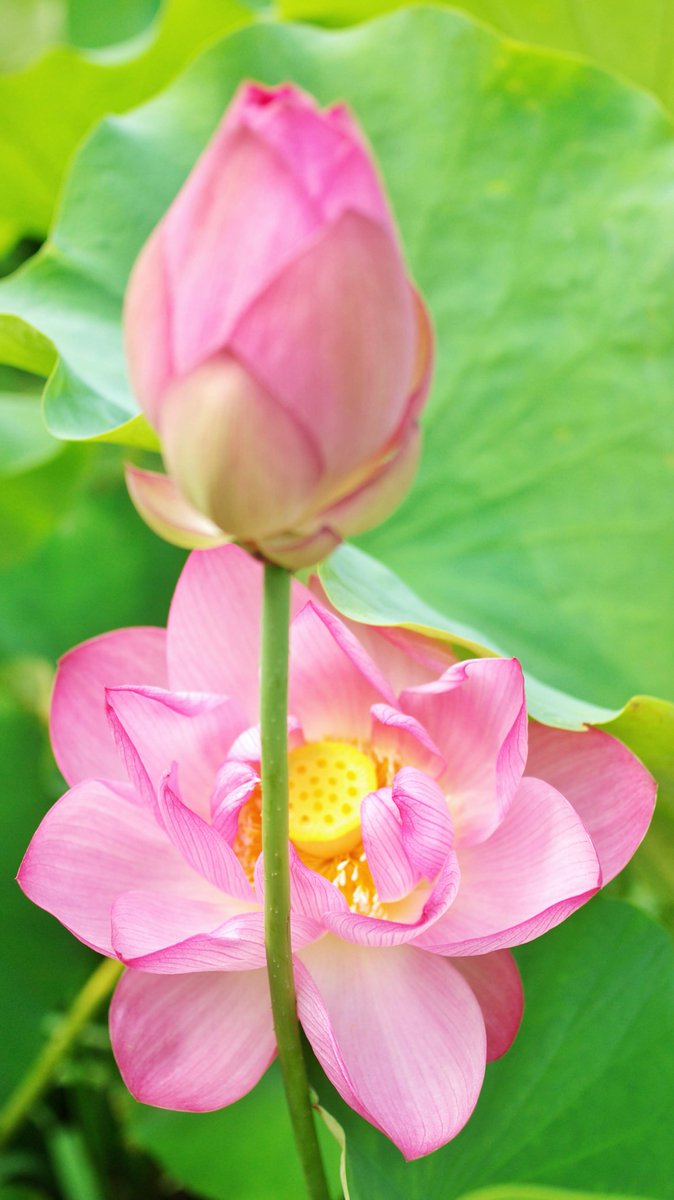


this world
bristles with thorns...
yet there are lotuses
世の中よ針だらけでも蓮の花
-Kobayashi Issa (小林一茶), 1815.
The mesmerizing, ultrahydrophobic surface of lotus leaves😵💫👏😊
#Japan #Kyoto #京都 #Yakushiji #薬師寺 #Nara #奈良 #lotus #蓮
bristles with thorns...
yet there are lotuses
世の中よ針だらけでも蓮の花
-Kobayashi Issa (小林一茶), 1815.
The mesmerizing, ultrahydrophobic surface of lotus leaves😵💫👏😊
#Japan #Kyoto #京都 #Yakushiji #薬師寺 #Nara #奈良 #lotus #蓮
Lotus flowers in many ways perfectly compliment spring's cherry blossoms: sakura (桜) have become a symbol of life's impermanence in Japan, whereas the lotus (蓮 'hasu') offers a more hopeful message of enlightenment and rebirth.
#Kyoto #京都 #Japan #lotus #蓮 #ハス #観蓮節



#Kyoto #京都 #Japan #lotus #蓮 #ハス #観蓮節




Growing from muddy pond beds into beautiful flowers, lotuses have long been symbols of wisdom and renewal.
It is said that Buddha could walk from birth, and everywhere he went lotus flowers bloomed from his footprints👣
There are over 800 varieties of the plant😇
#Japan #Kyoto



It is said that Buddha could walk from birth, and everywhere he went lotus flowers bloomed from his footprints👣
There are over 800 varieties of the plant😇
#Japan #Kyoto




The wonderful Ōgi-ya's (御菓子処 扇屋) delicate lotus leaves (蓮の葉) and lotus flowers (蓮の花)
🪷➡️@ougiya_wagashi
in a big swamp
just one bloom...
but it's a lotus!
大沼や一つ咲ても蓮の花
-Kobayashi Issa (小林一茶), 1804.
Photo thanks🙇♂️- oogiya.co.jp
#和菓子 #蓮



🪷➡️@ougiya_wagashi
in a big swamp
just one bloom...
but it's a lotus!
大沼や一つ咲ても蓮の花
-Kobayashi Issa (小林一茶), 1804.
Photo thanks🙇♂️- oogiya.co.jp
#和菓子 #蓮




Murakami Mondo (村上主水) has kindly shared some of his recent creations. As flower arranging is very seasonal, lotus flowers will soon be featuring prominently.
Please do check out 'Mondo Channel', Murakami-san's YouTube channel⬇️
youtube.com/channel/UC1-x_…
🐦@mondo100kyoto



Please do check out 'Mondo Channel', Murakami-san's YouTube channel⬇️
youtube.com/channel/UC1-x_…
🐦@mondo100kyoto




One of the most influential & popular Buddhist scriptures is named after the humble lotus.
The Lotus Sūtra (妙法蓮華経 'Myōhō Renge Kyō') influenced the creation of the Tendai & Nichiren schools of Buddhism.
It teaches that 'all beings have the potential to become buddhas'🪷😇



The Lotus Sūtra (妙法蓮華経 'Myōhō Renge Kyō') influenced the creation of the Tendai & Nichiren schools of Buddhism.
It teaches that 'all beings have the potential to become buddhas'🪷😇




In the language of flowers, lotuses unsurprisingly symbolise 'pure-heartedness' and 'sacredness', representing Buddha's compassion and wisdom.
Some Buddhist teachings describe the flowers growing in the 'Pure Land' (浄土), where those who have achieved enlightenment dwell.
#lotus



Some Buddhist teachings describe the flowers growing in the 'Pure Land' (浄土), where those who have achieved enlightenment dwell.
#lotus


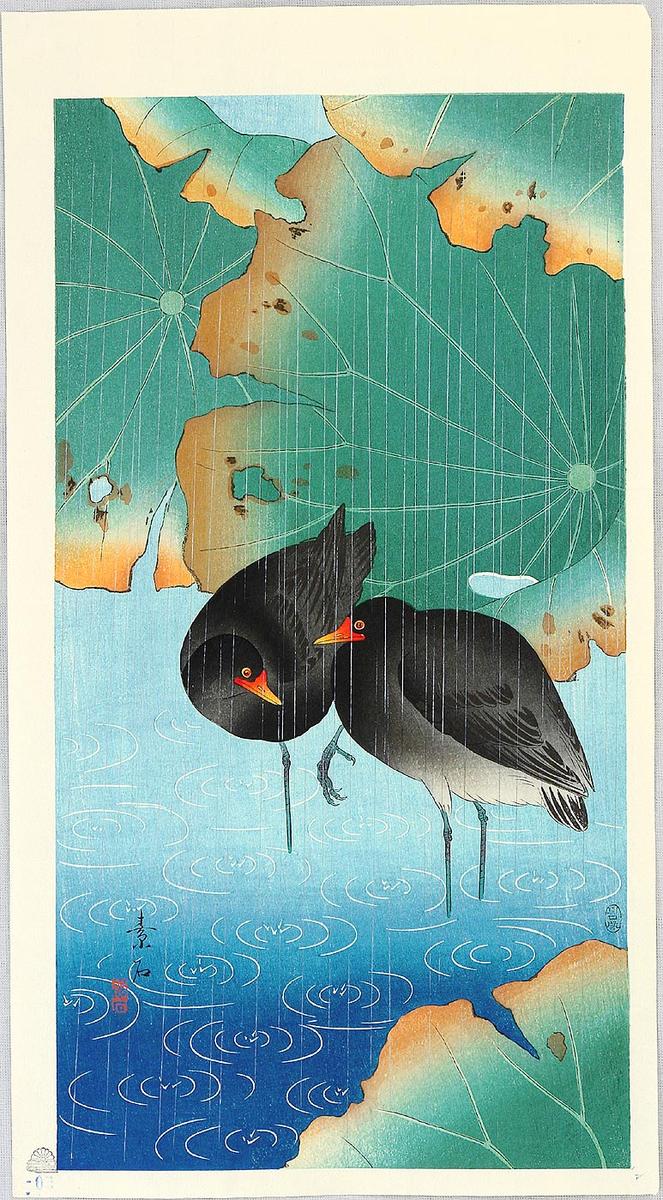

Lotuses are also associated with 'estranged love' and 'separated lovers'. This may seem odd, but the connection emerged because the flowers only bloom for a short period in the morning.
As they are difficult to keep 'fresh', lotuses are rarely used in bouquets or as gifts.
#Japan



As they are difficult to keep 'fresh', lotuses are rarely used in bouquets or as gifts.
#Japan




🪷THE LOTUS TEMPLE📿
One of the best places to see lotus flowers in Kyōto is at a small temple not too far from our Garden Teahouse. Hōkongō-in is better known as 'Hasu-no-dera' (蓮の寺).
Over the years many kinds of lotuses have been collected from all over the world.
#Kyoto



One of the best places to see lotus flowers in Kyōto is at a small temple not too far from our Garden Teahouse. Hōkongō-in is better known as 'Hasu-no-dera' (蓮の寺).
Over the years many kinds of lotuses have been collected from all over the world.
#Kyoto


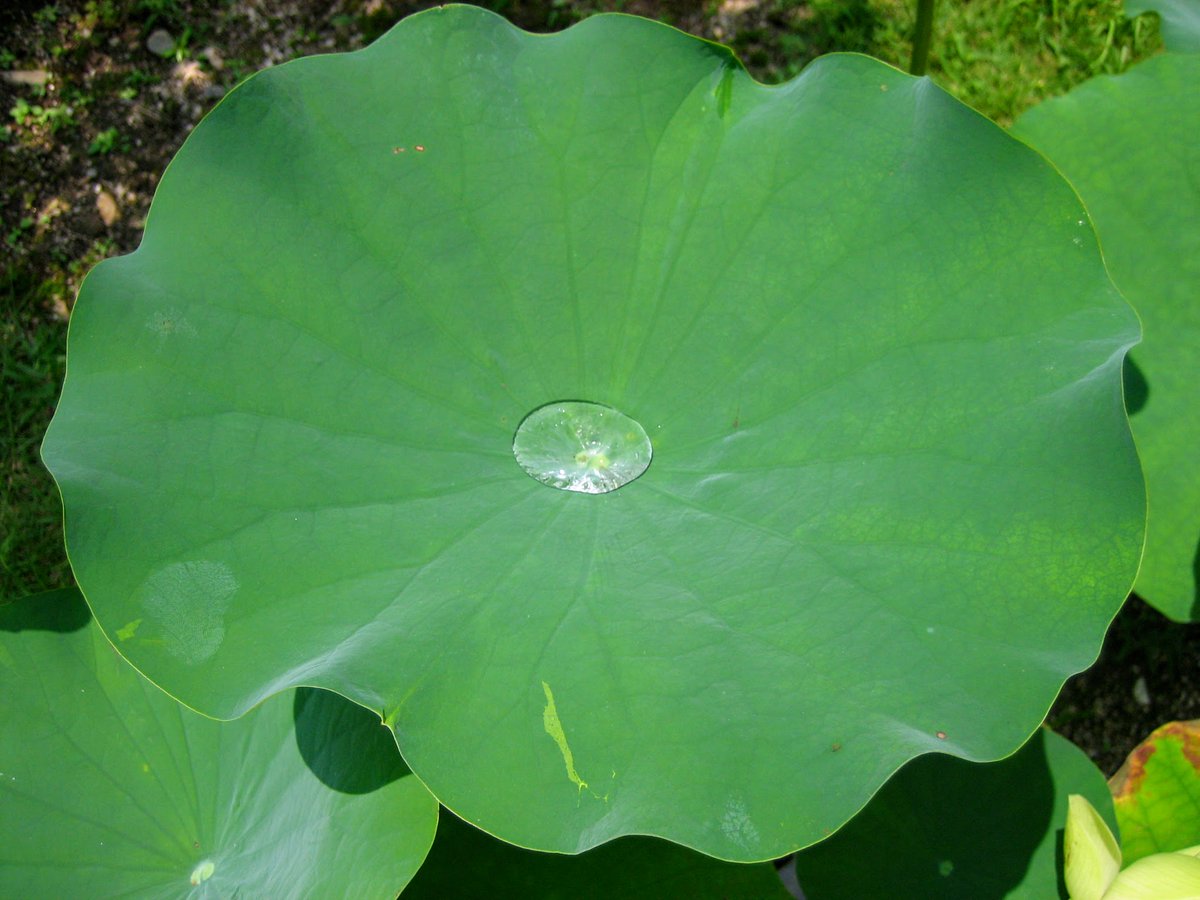

Hōkongō-in (法金剛院) is affiliated with Tōshōdai-ji (唐招提寺) in Nara, and is one of the few Ritsu sect (律宗) temples in Kyōto.
The large pond, empty for most of the year, is utterly transformed in June and July, with umbrella-sized lotus leaves creating an alien landscape.



The large pond, empty for most of the year, is utterly transformed in June and July, with umbrella-sized lotus leaves creating an alien landscape.




First known as Narabigaoka-dera (双丘寺), Hōkongō-in was created from the villa of Kiyohara-no-Natsuno (清原夏野 782-837) after his death in 837.
During his lifetime Natsuno filled the gardens with many rare plants, and covered the nearby hillsides with bush-clover.
#Kyoto #Japan



During his lifetime Natsuno filled the gardens with many rare plants, and covered the nearby hillsides with bush-clover.
#Kyoto #Japan




Over time the area around the temple became known as 'Hanazono' (花園 'Flower Garden').
The gardens we see today are a remnant of the beautiful grounds created by Empress Taikenmon-in (待賢門院 1101-45), when she transformed the ruined site into a new temple called Hōkongō-in.



The gardens we see today are a remnant of the beautiful grounds created by Empress Taikenmon-in (待賢門院 1101-45), when she transformed the ruined site into a new temple called Hōkongō-in.




As with hydrangeas, different colour lotuses represent different things...
💙wisdom & knowledge (symbol of the Bodhisattva of Wisdom 文殊菩薩)
❤️compassion & feelings of the heart (symbol of the Bodhisattva of Compassion 観音菩薩)
💜mysticism (symbol of some esoteric sects)



💙wisdom & knowledge (symbol of the Bodhisattva of Wisdom 文殊菩薩)
❤️compassion & feelings of the heart (symbol of the Bodhisattva of Compassion 観音菩薩)
💜mysticism (symbol of some esoteric sects)




🪷The pink lotus flower is most commonly associated with Buddhism, representing one's spiritual path (closed bud) & enlightenment (open flower)
🤍perfection of spirit and mind, beauty and grace
💛joy, intellectual curiosity and hospitality
#Kyoto #京都 #lotus #蓮 #ハス #Japan



🤍perfection of spirit and mind, beauty and grace
💛joy, intellectual curiosity and hospitality
#Kyoto #京都 #lotus #蓮 #ハス #Japan
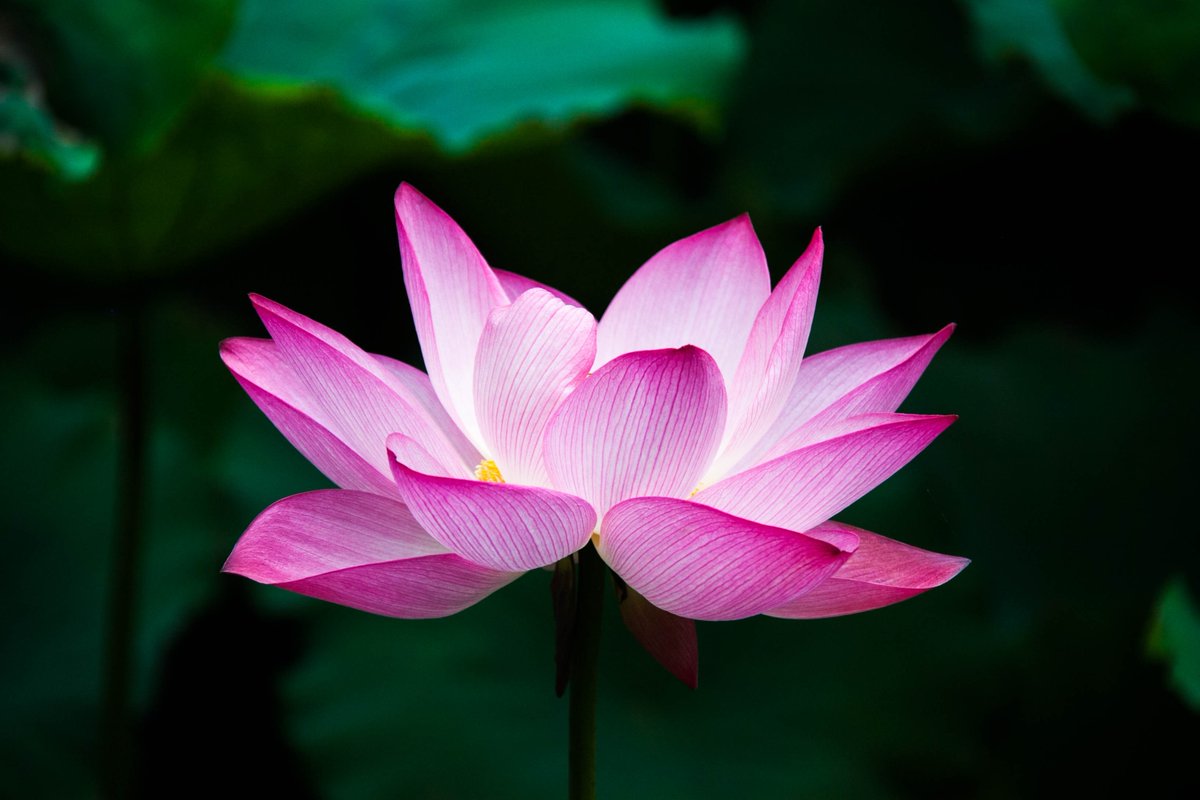



Although hana-chōzu have gained in popularity over the last few years, Tsurugaoka Hachiman-gū (鶴岡八幡宮) in Kamakura is one of only a few places to make use of lotuses in their displays.
Gorgeous images from...
🪷@0467NakamuraAn
🪷@yuyutatsuYuko
🪷@wolfy466 &
🪷@kiistar225🙇♂️



Gorgeous images from...
🪷@0467NakamuraAn
🪷@yuyutatsuYuko
🪷@wolfy466 &
🪷@kiistar225🙇♂️




lotus blossom-
a dragon once rode you
people say
蓮の花辰上りしと人のいふ
-Kobayashi Issa (小林一茶), 1805.
It is thought this haiku was influenced by Bai Juyi's (白居易 772–846) poem 'Chang Hen Ge' (長恨歌 the 'Song of Everlasting Regret').
🐦➡️@mondo100kyoto
#ikebana #生花



a dragon once rode you
people say
蓮の花辰上りしと人のいふ
-Kobayashi Issa (小林一茶), 1805.
It is thought this haiku was influenced by Bai Juyi's (白居易 772–846) poem 'Chang Hen Ge' (長恨歌 the 'Song of Everlasting Regret').
🐦➡️@mondo100kyoto
#ikebana #生花


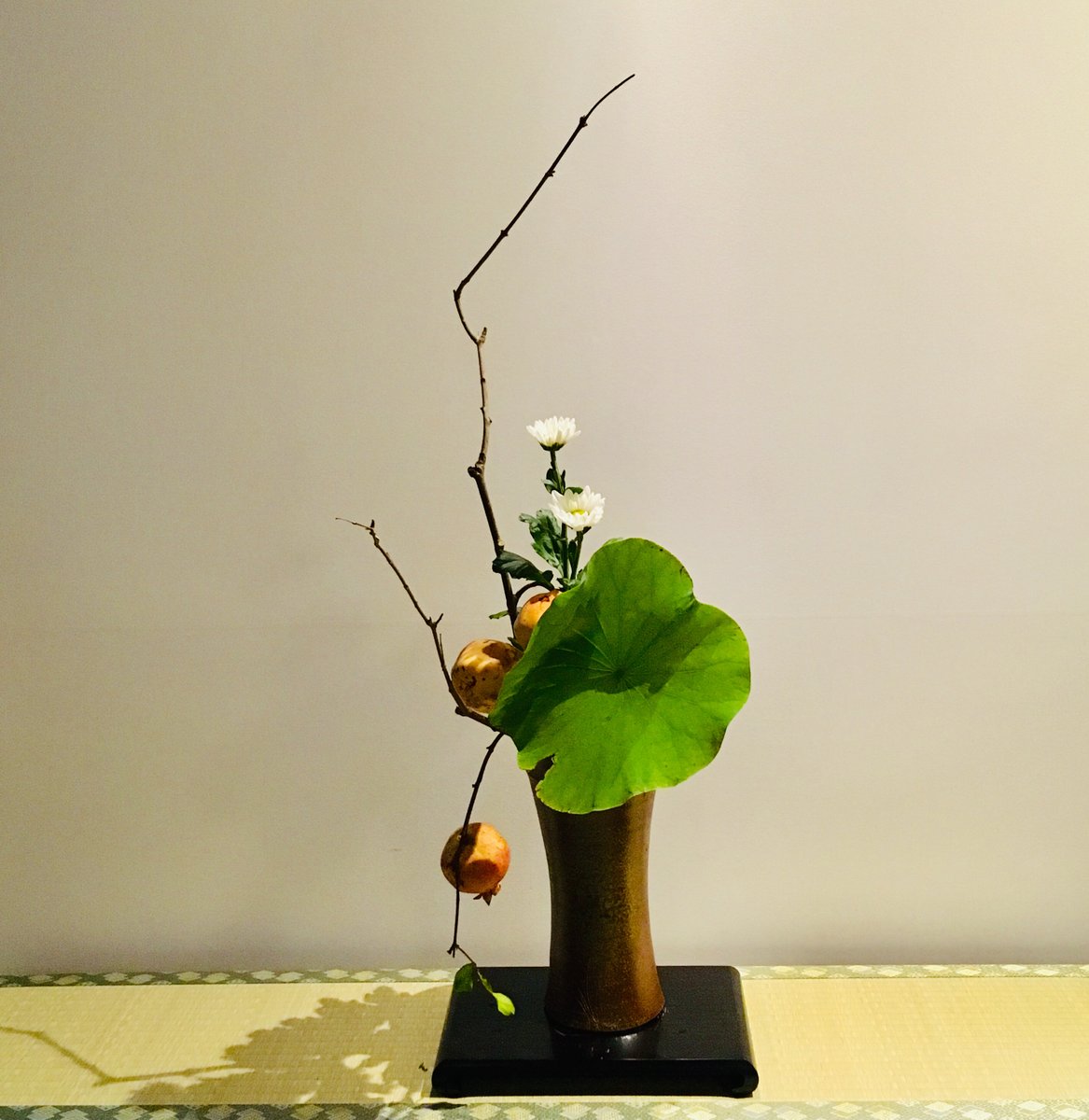

More luscious, lotus-inspired morsels🙌😋
🪷Sannō Hiroyuki (和菓子職人 三納寛之)
@wagashi_sanchan
🪷Happō-dō (上的 八宝堂 - photos 2 & 3)
@happoudou
🪷Takaki (御菓子所高木)
@Takaki_info
#wagashi #和菓子 #lotus #蓮 #Japan



🪷Sannō Hiroyuki (和菓子職人 三納寛之)
@wagashi_sanchan
🪷Happō-dō (上的 八宝堂 - photos 2 & 3)
@happoudou
🪷Takaki (御菓子所高木)
@Takaki_info
#wagashi #和菓子 #lotus #蓮 #Japan




Renkon (レンコン/蓮根 'lotus root'), the underground stem of the lotus plant, is a popular ingredient in Japanese cuisine.
Because you can look through the many holes that run through the renkon, people associate the vegetable with a problem free future & eat it at celebrations.



Because you can look through the many holes that run through the renkon, people associate the vegetable with a problem free future & eat it at celebrations.




🪷LOTUS STRAWS🥤
On July 10th Mimuroto-ji (三室戸寺) hosts one of Kyōto's more interesting events, the 'Hasuzake o Tanoshimu-kai' (ハス酒を楽しむ会 'Meeting to Enjoy Lotus Saké').
Saké is poured onto lotus leaves & sipped through the stem!
Photo thanks🙇♂️-kyoto-tabiya.com



On July 10th Mimuroto-ji (三室戸寺) hosts one of Kyōto's more interesting events, the 'Hasuzake o Tanoshimu-kai' (ハス酒を楽しむ会 'Meeting to Enjoy Lotus Saké').
Saké is poured onto lotus leaves & sipped through the stem!
Photo thanks🙇♂️-kyoto-tabiya.com
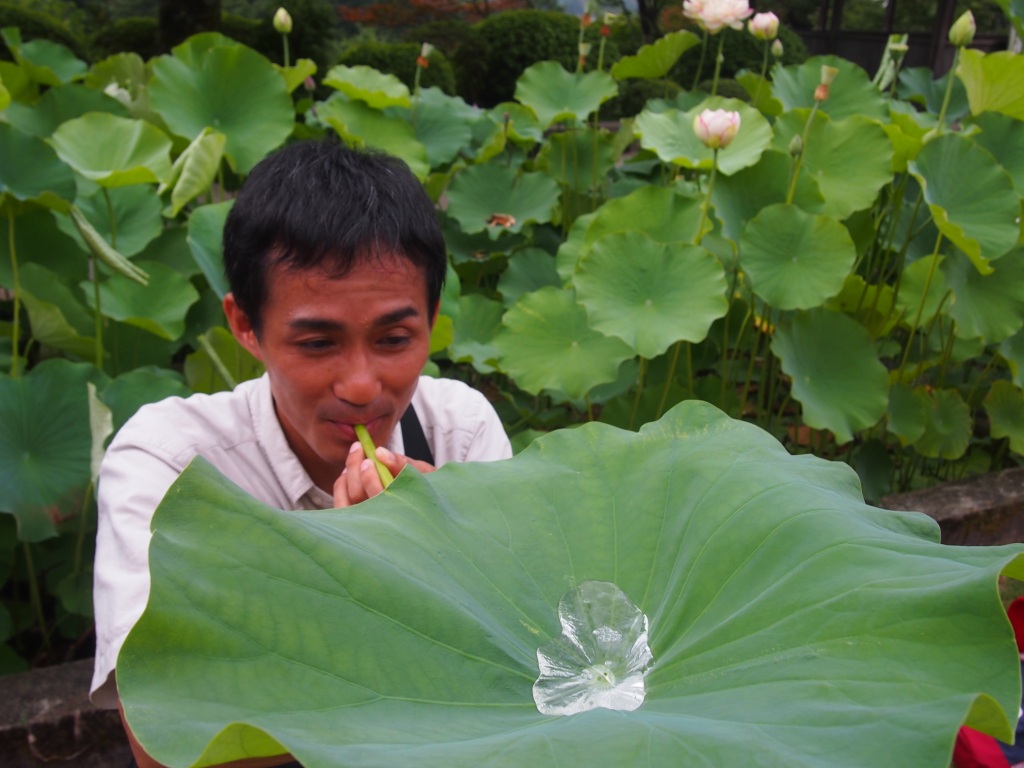



It is said that drinking from a lotus leaf stem is good for your health and helps with a long life.
Up to 300 people are typically served at the event, though numbers are likely to be strictly controlled this year.
The lotuses are raised in 250 pots within the temple grounds.



Up to 300 people are typically served at the event, though numbers are likely to be strictly controlled this year.
The lotuses are raised in 250 pots within the temple grounds.

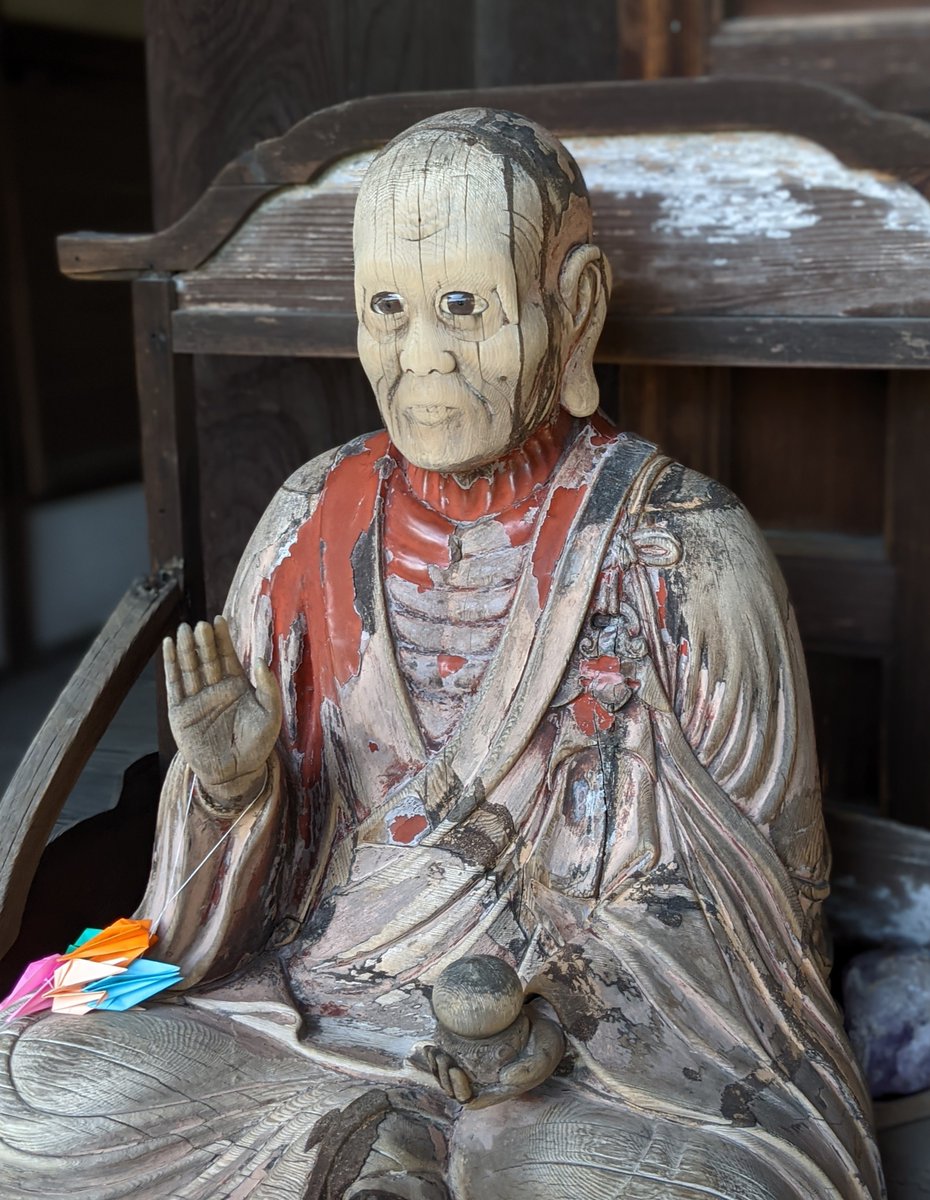


• • •
Missing some Tweet in this thread? You can try to
force a refresh


























